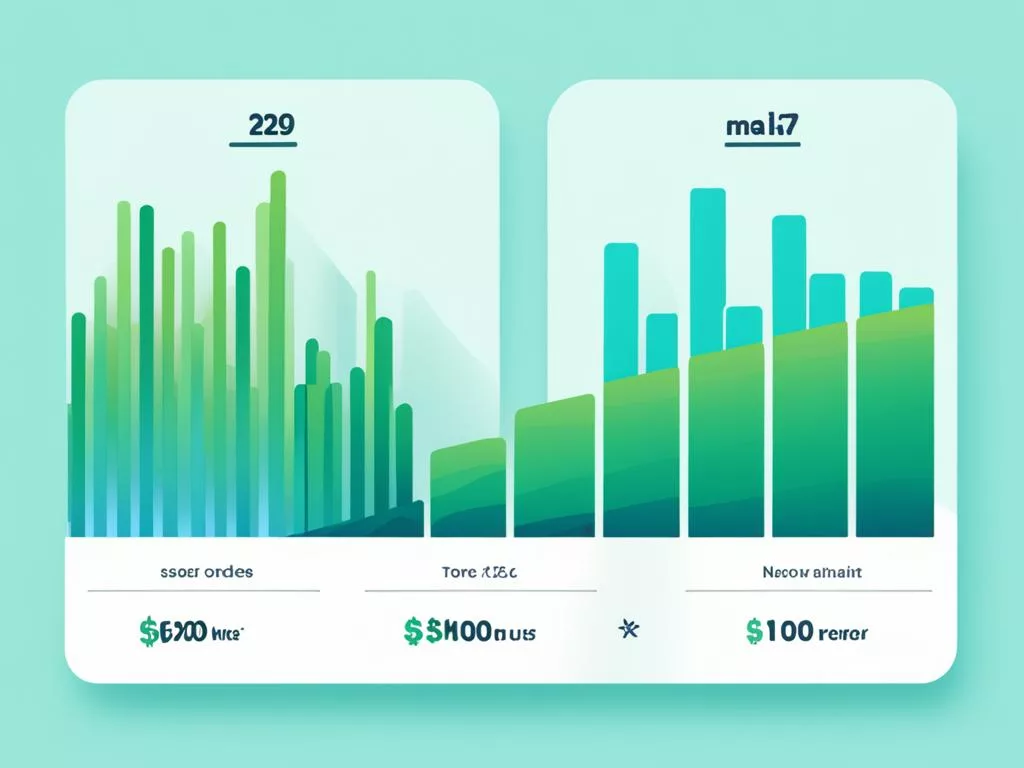As someone who’s traveled the world, I’ve seen how neobanks change the game for managing money abroad. Choosing between N26 and Revolut can be a tough call for travelers and digital nomads. N26 comes from Germany and offers low-fee transfers through Transferwise. Revolut offers a metal card with benefits like travel insurance at £12.99 monthly
In this review, I break down the features, services, and hidden costs of N26 and Revolut. The appeal of Monzo’s no-fee global card payments and Starling’s free money transfers makes the choice harder. I’ll share my experiences and compare fees so you can see whether N26’s wise transfers or Revolut’s wide customer base
Starting this guide, you’ll learn about the small and big differences between N26 and Revolut. We’ll look at everything from ISA savings with Monzo and Starling to Revolut’s services for over 500,000 companies worldwide
An In-Depth Look at N26 and Revolut Features
When we compare N26 and Revolut, it’s obvious they’ve changed digital banking for the better. They offer unique benefits for smart users. Revolut serves 27 million customers in 36 markets and recently gained 2 million new users1. N26 impresses with 5 million global customers and has attracted 250,000 in the U.S. since July 20192. However, N26 doesn’t provide credit cards or loans in the U.S but earns from interchange fees2. Revolut leads in European app downloads, with a rate of 64.74%, outshining Monzo which has 17.19%1.
Comparing their values, Revolut stands at £28 billion, showing its wide appeal. N26’s value is notable too, at £7.6 billion1. N26 has strong backing with $470 million from firms like Insight Partners and Tencent2. They offer perks like deposit insurance, teaming with Transferwise for low-cost bank transfers, and no fees on foreign transactions. These features are crucial for those who deal with money across borders.
It’s clear that neobanks aren’t just challengers; they’re becoming key players. Revolut made a £26 million profit in 2021, and Starling Bank earned £32 million in 2022. This shows digital banks are on the rise1. Monzo’s goal for profit by the year’s end underscores this growth trend1. N26 and Revolut cater to different needs; Revolut excels in multi-currency transactions, supporting 28+ currencies, including cryptocurrencies, with some limits. N26 offers a wide range of services, backed by strong regulation under BaFin’s oversight.
Ending thoughts, N26 and Revolut keep improving and growing. They prove how fintech is revamping banking, offering strong alternatives to the traditional banking system.
Guide to n26 vs revolut: Breaking Down the Costs
The fast-moving world of fintech has brought us N26 and Revolut. These two are worth talking about when you compare them. Let’s dive into the fees to see how they stack up against each other.
Using your card abroad? N26 won’t charge you at all. Revolut also keeps it free until you spend over £200. Then, a 2% fee kicks in3. Taking out money from ATMs outside your home country? N26 makes it easy in the Eurozone. If you upgrade to N26 You, worldwide ATM withdrawals become free3. Revolut offers currency freedom in your account, with extra perks like travel insurance with its £12.99 metal account3.
Moving money around can be pricey, but not always. N26 uses Transferwise for cheap non-Euro transfers3. Revolut charges £0.20 for local and £3 for international transfers after you exceed the free limit3.
Earning interest is trendy. With N26, you can get up to 4% in 13 European countries4. It’s secure up to EUR 100,0004. Revolut offers handy tools for budgeting and instant spend alerts3.
Here’s a quick look at how N26 and Revolut compare on various costs:
| Feature | N26 | Revolut |
|---|---|---|
| Card Payments Abroad | Free | Free (with conditions) |
| ATM Withdrawals | Free in Eurozone (N26 You for global) | Free below £200 (2% above) |
| Transfer Fees | Free SEPA; non-Euro via Transferwise | £0.20 local; £3 international above limit |
| Interest on Savings | Up to 4% p.a. | No specific savings interest |
| Insurance & Lounge Access | Not applicable | Included with Metal account |
| Deposit Protection | Up to EUR 100,0004 | Up to equivalent in the local currency |
Both brands have made banking better. They offer features like instant spend alerts and savings roundups. It’s the small things that make banking great3.

International Operations: Which Bank Serves You Best Globally?
Thinking about banks for global living? The debate often comes down to n26 or revolut which is better for you. The right choice depends on where you live and your financial needs. For world travelers, Revolut’s wide reach is enticing. It lets you switch currencies easily and make card payments for free worldwide. Just watch out for a 2% fee on ATM withdrawals over £2003. N26 shines for those using euros, offering free card use and no ATM fees abroad3.
When you weigh n26 vs revolut pros and cons, it’s clear they target different users. N26 suits those in Europe with simple, cost-effective euro transactions and up to €100,000 in deposit protection. Yet, N26 recently left the US market, narrowing its global reach compared to Revolut’s growing US presence2. Money transfer methods also vary. N26 partners with Transferwise for low-cost, competitive international transfers3.
Deciding between N26 and Revolut means looking closely at how you bank and where you spend. If you’re often across the Atlantic or want wide global access, Revolut is strong. Those in Europe or using euros a lot might find N26’s fees and services better. Ultimately, I focus on what’s practical and saves money. These benchmarks are vital for anyone looking into today’s digital banking options.
Source Links
- https://tech.eu/2023/03/22/neobanks-across-europe-fatten-up-as-vcs-demand-profits/
- https://www.cnbc.com/2020/01/27/n26-the-mobile-bank-backed-by-peter-thiel-has-gained-250000-us-users.html
- https://www.wired.com/story/monzo-vs-revolut-vs-starling-vs-n26-best-challenger-bank/
- https://www.finextra.com/pressarticle/100011/n26-launches-instant-savings-in-13-new-markets-offering-customers-up-to-4-interest-on-deposits

